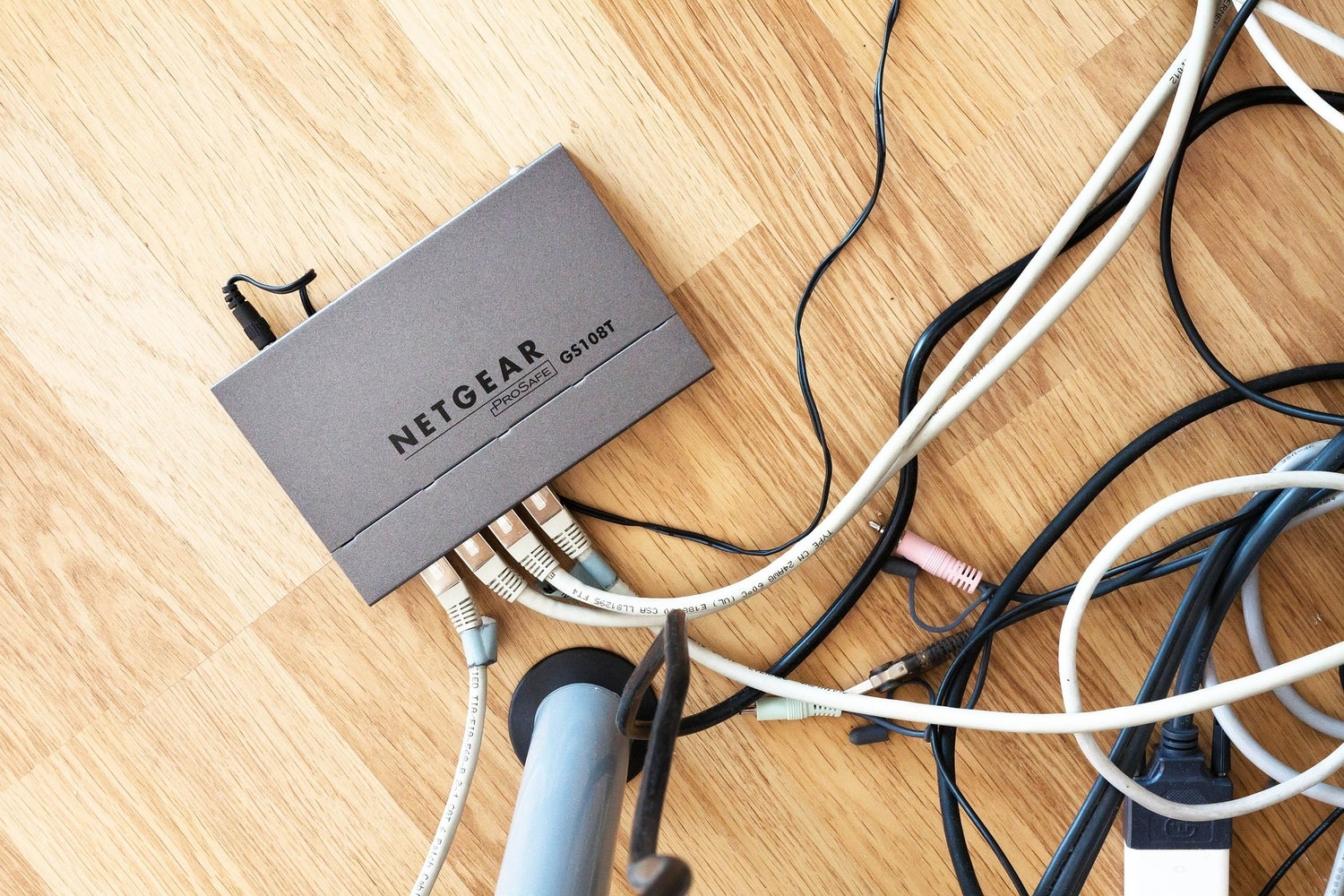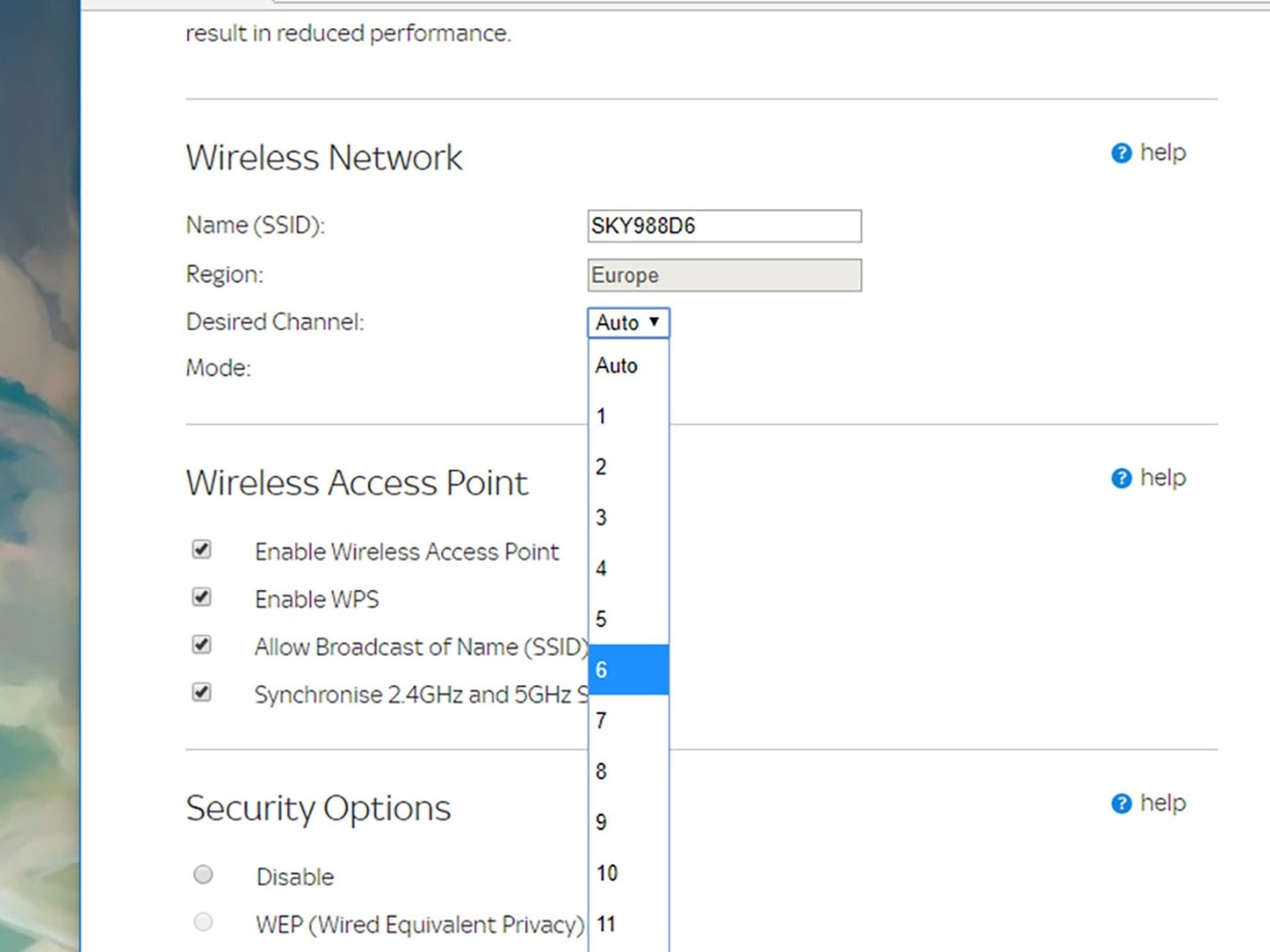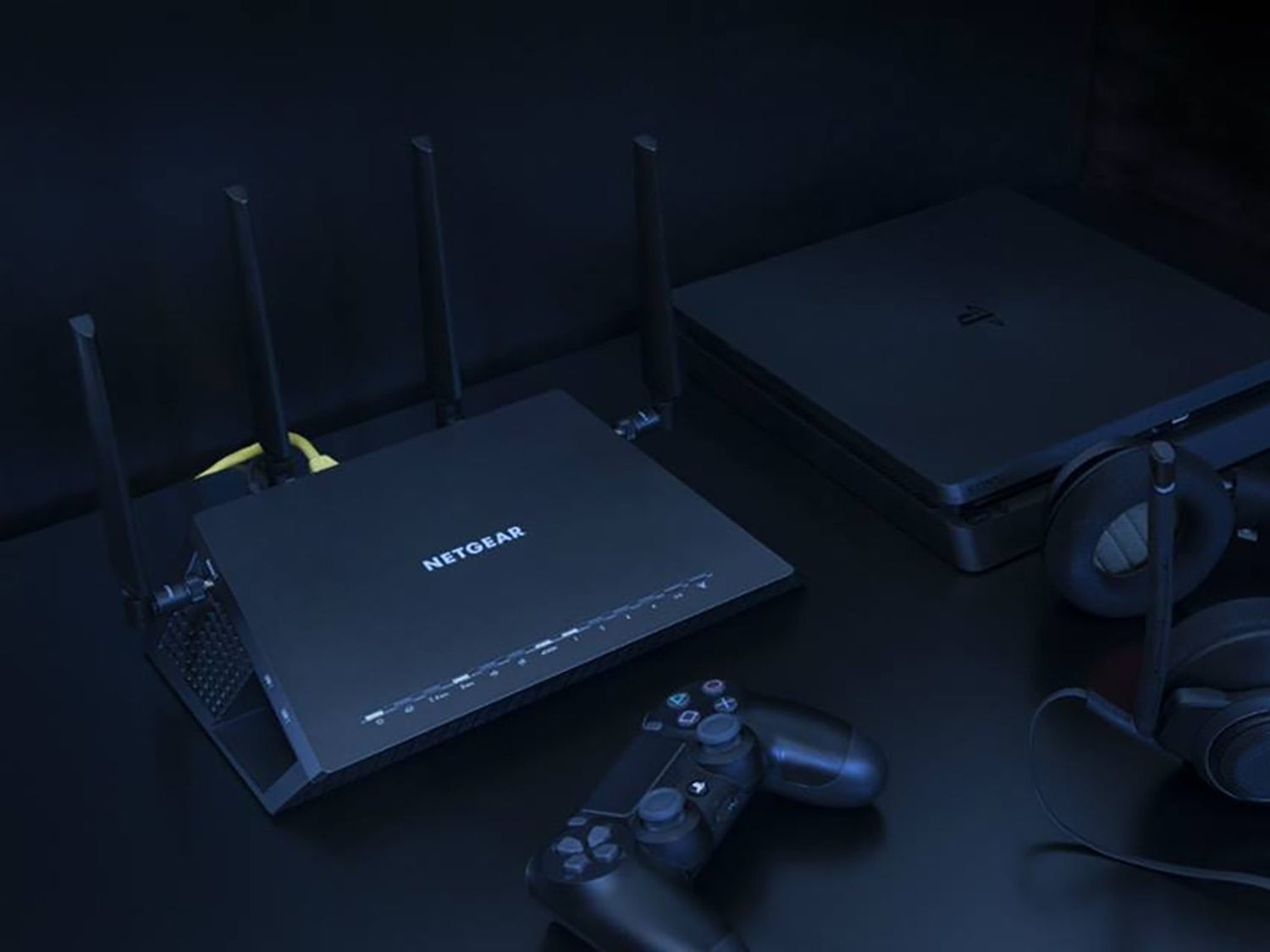How to increase your WiFi speed
Ugh, slow WiFi is the worst - it's just as annoying as squeaky doors and dripping taps. If you're trying to get your speed back to normal, try making a few changes to your router and other devices. We've already gone over some of the hardware upgrades you can do to get rid of dead zones and improve your download and upload speeds. In this guide, we'll mostly focus on software fixes that you can make to what you already have. If that doesn't do the trick, then you can switch to a mesh network or buy a WiFi extender to help boost your speed.
Upgrade your router software
Like your laptop and cell phone, routers have their own software - known as firmware - which is pre-installed and configured by the manufacturer before sending the device out. Companies don't usually release updates for their router firmware, but you can find new versions for download. These updates can fix bugs, improve performance and support newer devices. To find new firmware for your router, head to the manufacturer's website or the internet service provider that gave you the router. If you can't find a download link, use a search engine to look for “firmware” followed by your router’s make and model. The process for installing firmware differs for each router, but usually involves opening the device settings on your computer and looking for the option that lets you install an update from a downloaded file. The package should include installation instructions, but if you're still not sure, check the router instruction manual or search for instructions online.
Change the wireless channel
If your router is running slow, you can adjust the wireless frequency it uses. This is usually listed in the router's settings under "Wireless" or "Advanced." Most routers use channel 6 by default, so you can switch to 1 or 11 to reduce interference. If your router has two frequency bands, the 5GHz band is usually faster but has a shorter range, so you should use that for devices closer to the router. For devices farther away, use the 2.4GHz band. It won't be as fast, but it can travel through walls and doors better. If you're still seeing buffering wheels, try changing the wireless channel in the 2.4GHz or 5GHz range. Check your router's help pages for more information.
Control the bandwidth
While you're busy working, hop onto a site like Speedtest.net to check your internet speed. But if you're aiming for faster speeds, dive into your home WiFi network. First off, turn off devices that aren't in use. Not only does this save energy, but it also ensures your computers and tablets aren't hogging bandwidth you need for something else. And, be the guardian of your WiFi realm! Change your router password often and keep it secret to keep out unwanted guests. Feeling fancy? Some routers have a Quality of Service (QoS) feature. It lets you prioritize certain apps or devices. Netflix acting up? Give it a boost over Spotify. Your laptop more critical than your roommate's tablet? You got it. Check your router's manual or the manufacturer's website to set it up.
Avoid the fish tank (and other large, dense objects)
Oh, the surprises of WiFi signals! Did you know even innocent household items can slow it down? Yep, that fish tank in your study? The water inside messes with your laptop's connection. And it's not just fish tanks – bulky furniture, walls, and even wireless-emitting gadgets like baby monitors and microwaves can all play WiFi spoilsport. Even your cozy string lights can cause interference! If you're facing issues, rearranging these items or switching your router to the 5GHz channel (since most gadgets use 2.4GHz) can make a real difference. It's all about finding that sweet spot for uninterrupted internet bliss!.




